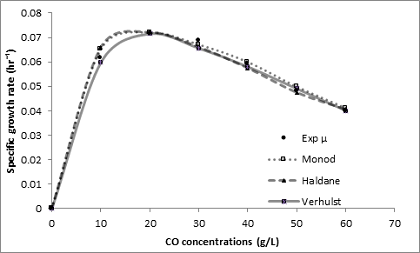


Indian Journal of Science and Technology
Year: 2020, Volume: 13, Issue: 15, Pages: 1555-1562
Original Article
Kingsley Amechi Ani1*, Okeke Edozie Thompson2, Government Rabboni Mike1
1Department of Chemical Engineering, Faculty of Engineering, Nnamdi Azikiwe University, Awka, 5025, Anambra, Nigeria
2Department of Civil Engineering, University of Nigeria, Nsukka, Enugu, Nigeria
*Corresponding author
Kingsley Amechi Ani
Department of Chemical Engineering, Faculty of Engineering, Nnamdi Azikiwe University, Awka, 5025, Anambra, Nigeria.
Email: [email protected]
Received Date:06 April 2020, Accepted Date:23 April 2020, Published Date:04 June 2020
Objectives: To investigate the microbial growth kinetics and degradation of crude oil (CO) by mixed cultures isolated from palm oil mill effluent (POME). Methods/Statistical analysis: The scanning electron microscope was employed to examine the surface morphology of POME and the CO contaminated soil. Microbial count using the total viable count (TVC), mold, and coliform counts were investigated at different levels of CO contamination. Findings: The TVCs at 20, 40, and 60 mg/L of CO were 7.3x107 CFU/g, 6.8x106 CFU/g and 7.2 x 106 CFU/g, respectively. The concentration of the CO was utilized at 20 mg/L indicating that this concentration did not inhibit microbial growth. Based on the correlation coefficient (R2) values obtained for the four growth kinetic models, the Haldane model with R2 of 0.97 gave the best fit. Application/Improvements: Finally, the one way ANOVA and Tukey's honest significant difference (HSD) indicated the statistically significant effect (P< 0.05) of the initial CO concentration on microbial growth.
Keywords: Kinetics; Degradation; Mixed culture; Crude oil; Palm oil mill effluent
© 2020 Ani, Thompson, Mike. This is an open-access article distributed under the terms of the Creative Commons Attribution License, which permits unrestricted use, distribution, and reproduction in any medium, provided the original author and source are credited.
Published By Indian Society for Education and Environment (iSee)
Subscribe now for latest articles and news.